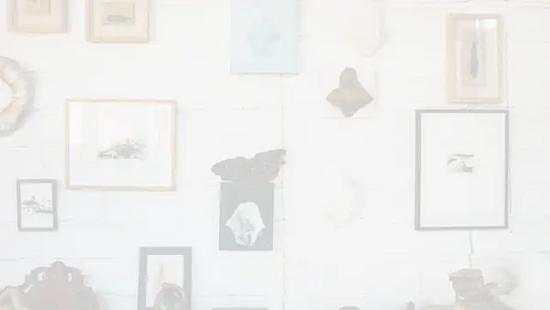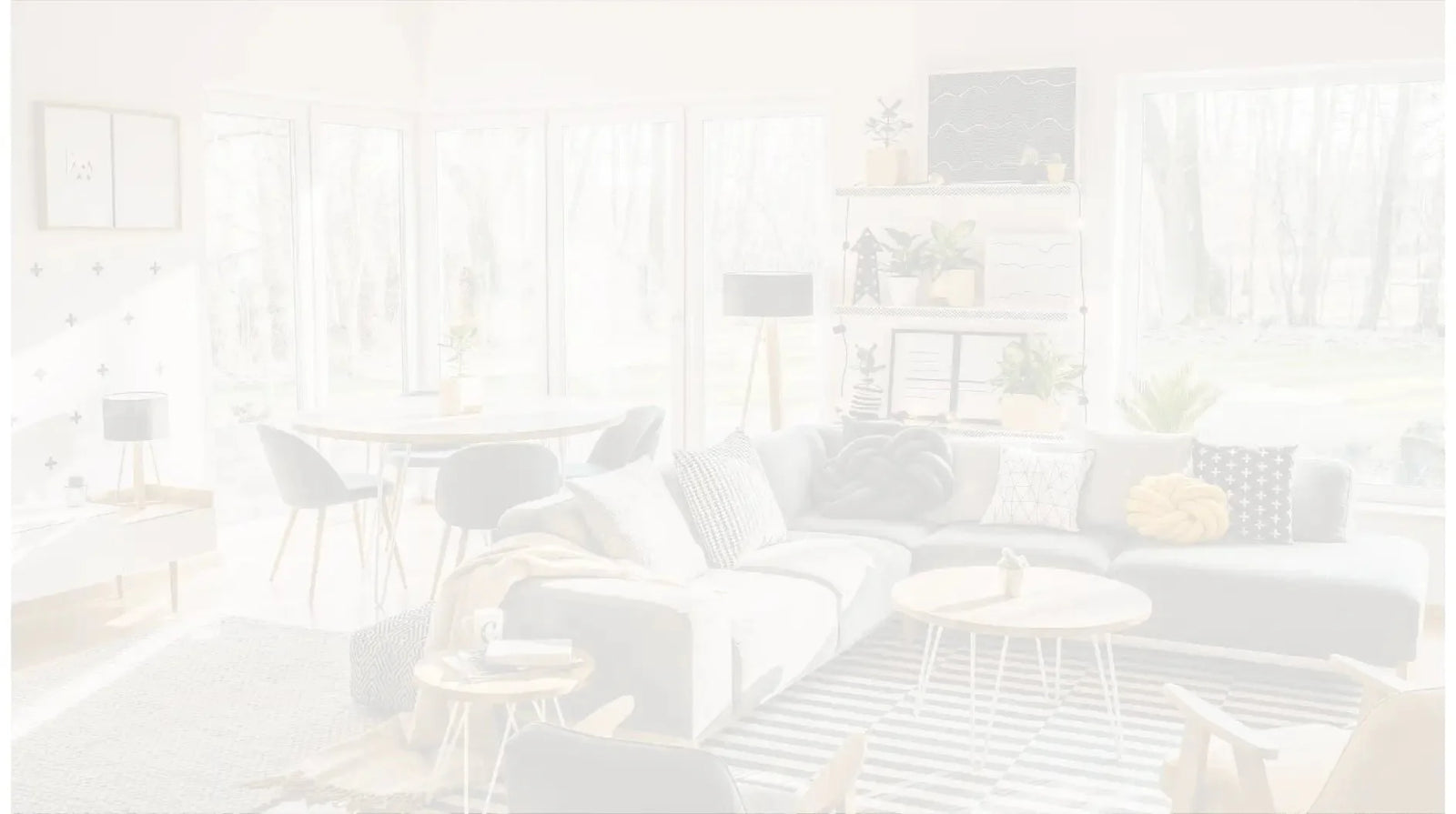For all products mentioned in this article please find links to each below
Hanging pictures is easy, but choosing the picture hangers is not. Even if it's an exciting project, you can't help getting stuck in the hanging part sometimes.
What do I use? Is this the correct one? How do I install it?
We completely understand the uncertainty. That's why for this article, we prepared a list of the best picture hangers you can use for drywall, including instructions and even videos on how to install them.
Picture Hangers for Drywall
Have you ever gone to a hardware store and got way too confused? There’s a wide selection of picture hanging hardware out there, but we narrowed them down for you based on the type of wall.
Let’s take a look at picture hangers for drywall one by one:
Brass Hook and Tremor Hook
Brass Hooks and Tremor Hooks are the go-to picture hangers when it comes to hanging frames on the wall. They’re easy to install and do the job well.

If you prefer minimal to no damage on your walls, these are the perfect choice. Brass and Tremor Hooks come with needlepoint nails that leave tiny holes on the wall. The nail socket on the Brass Hook is designed to make sure the nails go in at a 45-degree angle for maximum hold.
These brass-plated hooks can support frames that weigh 30-100 lbs, and you can use them with most picture hanging options such as hanging wire and D-rings.
Brass and Tremor Hooks are basically the same except for one little detail: Tremor Hooks help prevent falling. It’s best to use them when hanging picture frames in busy and earthquake-prone areas.
Check out both hooks placed side by side. See the difference?

In the illustration above, we can see that the Brass Hook has an open-faced curve. Meanwhile, the Tremor Hook has a spring right under the nails that extends to the end of its curve. This is what keeps the frame in place.
To hang a frame, just slide the hanging wire or D-ring onto the Tremor Hook. Now, you won’t have to worry about it crashing to the floor.
How to Install Brass and Tremor Hooks
It’s actually super easy, you won’t even drop a sweat. Here’s what to do:
- Tap the nails gently until the hook is flush against the wall. The channeled collar on the front face of the hook will guide the nails into the wall at the proper 45-degree angle.
🔨 NOTE: Avoid over hammering. Doing so will compromise the hook’s holding power and damage your walls.
Conventional Hook
Are you looking for framing industry-standard hanging hooks? Conventional Hooks are traditional picture hangers that are used for hook and wire hanging.

These zinc-plated hooks are strong enough to support 30-100 lbs. You can use them to hang paintings, picture frames, artwork, decor, and plaques.
The design of Conventional Hooks is straightforward. It has an angled nail socket to guide the nail into the wall at an angle and has a hook at the lower portion for the hanging wire to sit on.
How to Install Conventional Hooks
Just like Brass and Tremor Hooks, Conventional Hooks are easy to install. In fact, they install similarly. Here’s what to do:
- Hold the hook firmly on the wall. Maintain the downward nail angle of the hook at all times.
- Tap the nails gently until the hook is flush against the wall. Avoid over hammering as it will weaken the nail’s grip on the wall.
Steel Utility Hook
Did you know that this is our only picture hanging hook that uses a screw instead of a nail? This makes for a quick and convenient picture hanging experience.

If you’re looking for a no-fuss picture hanger that can support light to medium frames, Steel Utility Hooks are your best bet. Despite their small size, they’re surprisingly very sturdy on the wall.
Steel Utility Hooks are made of zinc-plated steel and can support up to 30 lbs. You can use them on any surface as long as you choose the appropriate screws and wall anchors. For faster installation, we recommend using wall dog screws.
How to Install Steel Utility Hooks
You only need a minute to install a Steel Utility Hook. Here’s how:
- If you need an anchor, mark the spot where you want to install it. Drill a hole and insert the anchor. Skip to step 2 if you don’t need an anchor.
- Hold the hook in position and insert the screw into the hole using a screwdriver.
Mega No-Stud Hook
This hook looks unusual, don’t you think? It’s actually a unique hook designed in a way that the load is carried by the wall itself, not the nails holding it in the drywall.
If you’re wondering how it works, the secret is putting a 1/4” hole in the wall. You don’t need a stud to install Mega No-Stud Hanging Hooks, but they can support up to 200 lbs as long as the drywall is in good condition. How cool is that?
How to Install Mega No-Stud Hooks
- Drill or punch an approximately 1/4” diameter hole using a screwdriver, awl, or drill.
- Insert the pointed end of the hook into the hole. Lift it as you insert it through the hole until the back portion of the hook is seated up against the inside of the drywall.
- Pull the hook back out slightly, and slip the oval faceplate onto the front of the hook. Reinsert the hook so that it’s snug against the inside of the drywall.
- Nail the faceplate to the wall using the nails provided.
French Cleats
In case you didn’t know, French Cleats are a crowd favorite. Folks love this picture hanging hardware because of all the available sizes, how easy they are to install, and the level of safety in hanging.

French Cleats are two beveled pieces that fit perfectly when interlocked. One cleat is attached to the back of a frame, while the other is installed on the wall. Cleat lengths start at 3 inches and can go as long as 90 inches, supporting light to heavy frames up to 750 lbs (depending on the cleat length).
RELATED ARTICLE: What is a French Cleat Hanger and Why You Need Them
How to Install French Cleats
There are two sets of instructions for French Cleats, one for metal frames and one for wood frames. Don’t worry, they’re not that complicated. It’s just that there are additional steps to installing them on wood frames.
Here’s how to install them on metal frames:

- Attach the cleat to the wall. Install wall cleat using the #8 x 1” screw and plastic wall anchors.
- Make sure to level the cleat while installing — make minor adjustments by moving it slightly before tightening the screws.
- Hold art against the wall slightly above the cleat, and then slide the frame down to hang the metal frame. That’s it. Most metal frames have channels on the back which slide right into the french cleat on the wall.
Here’s how to install them on wood frames:
- Attach one cleat to the back of the frame. Mount the cleat with screw holes on top using #8 x 1/2” screws. Drill pilot holes if necessary.
- Attach the other cleat to the wall. The wall cleat should be installed with screw holes at the bottom using the #8 x 1” screw and plastic wall anchors.
- Make sure to level the cleat while installing — make small adjustments by moving it slightly before tightening the screws.
- Hold art against the wall slightly above the wall cleat and slide the art down to interlock both cleats.
Gallery Systems
Have you ever wondered how art galleries and museums hang their artwork? Most, if not all, use gallery systems —a picture hanging system trusted by professionals for personal and commercial use.

A gallery system has three main components:
- Picture Rail / Wall Track - holds the whole thing together
- Nylon or Steel Hanging Cord - suspends from the picture rail or wall track
- Hooks - rail hooks hold the hanging cords and are attached to the rail/wall track, while picture hanging hooks hang frames on the cord
This hanging method is one of the most elegant ways to hang picture frames and artwork. Plus, it hangs frames safely on the wall and allows adjustments without the hassle of drilling holes every time.
RELATED ARTICLE: 3 Essential Picture Hangers for a Successful Art Exhibit
How to Install a Gallery System
Old-fashioned houses or those that were built in the 1940s usually have the picture rail molding already installed. But for those that don’t have picture rails, a wall track (a.k.a. clip track) is a good alternative.
Here’s an example of how to install a Gallery System. We don’t sell this particular system, but the process of installing is similar to ours. Check it out:
- Install picture rail molding or wall track.
- Attach the picture rail hooks onto the molding/track.
- Hook the hanging cord onto the rail hooks or the track, and let it suspend.
- Take the adjustable picture hooks, insert the cord into the hole of the picture hooks and rotate the side screws to tighten.
Final Thoughts
The main takeaway from this article is that there is always a picture hanger for different weights, situations, and aesthetics. The trick to narrowing down your choices is to know the wall type you have and the weight of what you’re hanging.
So, what picture hanger for drywall are you going for? Let us know in the comments!








Leave a comment (all fields required)